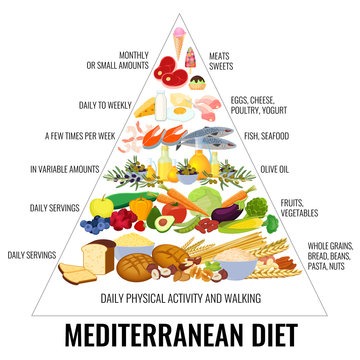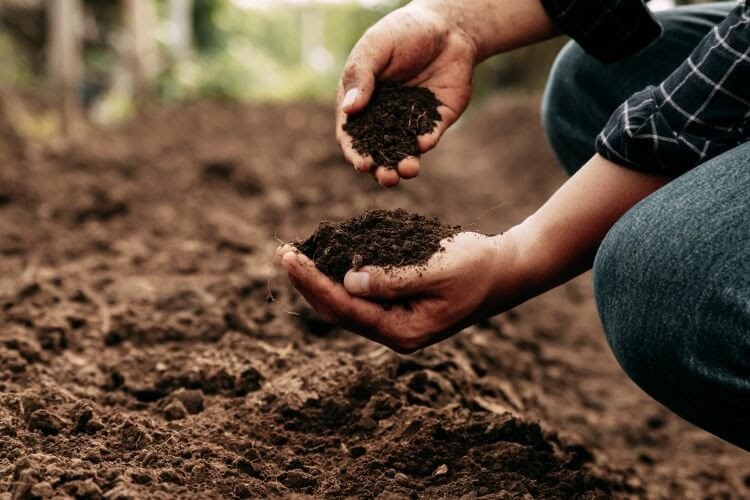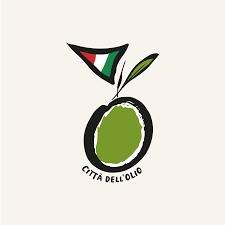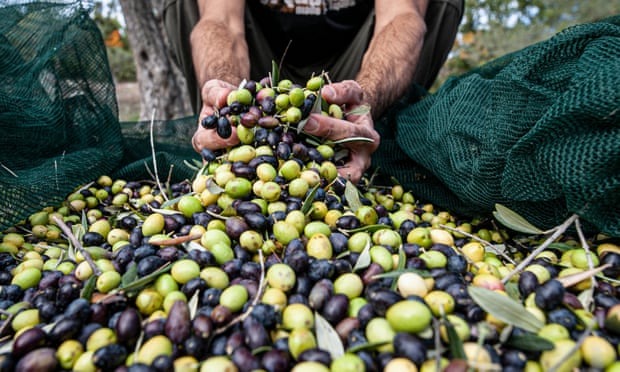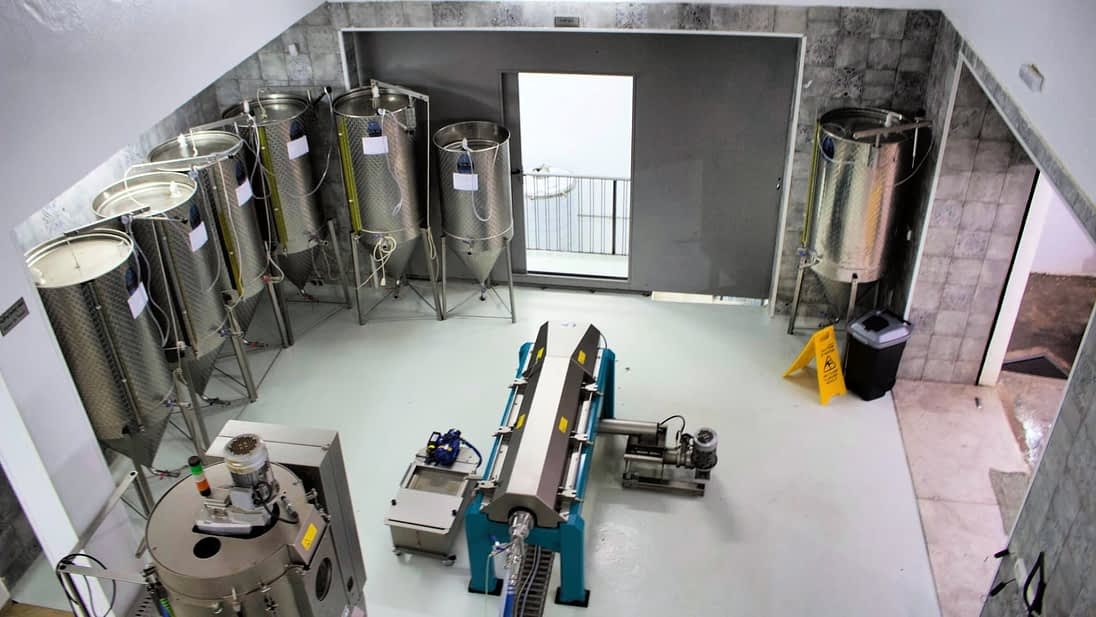
Olive Oil Production
Oct. 14, 2024
Quality begins in the field, I recalled while speaking at the update meeting of Aufo – Associazione Umbra Frantoi Oleari . Quality extra virgin olive oil requires healthy olives harvested at the right level of ripeness. When the olive begins to veraison, that is, when it changes color from green to purple, it begins to synthesize the fruity, herbaceous and vegetal aromas, the phenolic substances that give us the sensation of bitterness and spiciness and we have a good compromise of oil content (in Umbria, for example, due to early varietal ripening, the Leccino first veraisons, then the Frantoio and finally the Moraiolo, the latest) .
The Umbrian olive presses conference
The olives, once collected from the plant with mechanical aids and/or shakers, are transferred from the nets to perforated crates and taken to the mill in the shortest possible time. From the moment the olive is detached from the plant, the oxidation and subsequent fermentation processes begin, leading to the increase in chemical parameters and sensory defects.
The arrival of the olives at the mill
We arrive at the mill, the magical place where olives are transformed into oil. But let's see the precautions to be taken for quality .
As mentioned, the mill can enhance the potential quality of the olives by obtaining a great extra virgin, but the miller cannot work miracles with poor quality olives or olives that have been standing still.
The first prerogative is the timely processing of the olives: we can talk about 12, maximum 24 hours from the harvest . But from the harvests in the field with facilitators the olives arrive at the mill increasingly dirtier. Necessary and now indispensable is the introduction of de-branchers that clean the olives from branches, leaves and other objects dangerous for the extraction plant.
The care of the various phases in the mill
Once sorted, the olives move on to the important washing phase . Here, any residues of dust, soil, copper and rock dust used in the field are eliminated. It is important to use fresh and always clean water with frequent changes. Once washed and dried, the olives reach the crushing phase . This is where the magic begins. The lipoxygenase enzyme responsible for the herbaceous and vegetal aromas of the oil is activated. The crushers can be disk, hammer, knife or multi-blade, with the possibility of changing the grid and varying the revolutions to modify the sensory profile of the oil. The olive paste is created and passes into the malaxer. In recent years, there has been the possibility of refrigerating the paste in the crusher or introducing heat exchangers that lower the temperature of the paste and reduce the malaxing times, to improve the sensory quality of the oils.
In the malaxation phase , the miller must keep under control: oxygen, temperature and times. Excessive malaxation does not lead to increases in yield, but only to qualitative decreases. In a 2 or 3 phase decanter , the addition of water in dilution washes away both the phenolic and volatile parts: another phase to which the miller must pay attention. Subsequently, the must oil must be clarified in the vertical separator that separates the oil from the suspended water.
But high quality oil is not ready yet. It needs to be filtered . With filtering with sheets, with a roughing or brightening action, eliminating water and organic parts, we can stabilize the oil giving it more life and a longer shelf life. Once filtered it needs to be stored in stainless steel tanks under nitrogen at a controlled temperature.
But the essential requirement in the mill for quality is the hygiene and cleanliness of the machinery described above. So absolute cleanliness from the washing machine to the storage tanks.
We have reached the end of the process, but we must not forget that high quality oil is not made by the mill, but rather by the mill worker (oil technician) who with training, passion, experience and by tasting the oils can valorize or not the work of a year done in the field by the olive grower.

